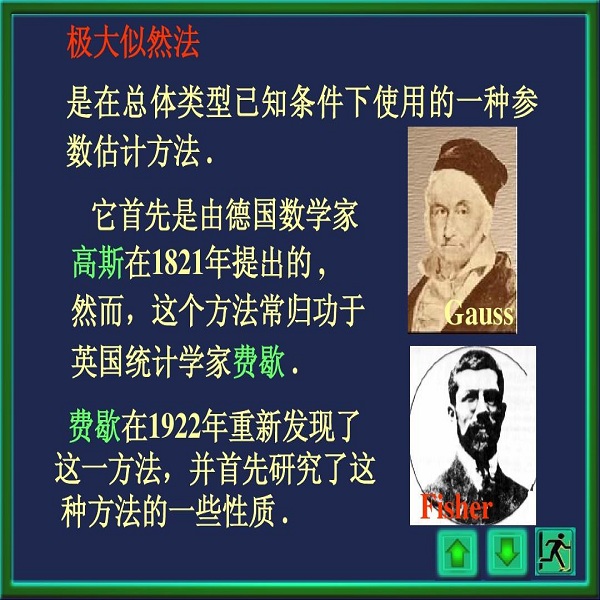In matrix-valued datasets the sampled matrices often exhibit correlations among both their rows and their columns. A useful and parsimonious model of such dependence is the matrix normal model, in which the covariances among the elements of a random matrix are parameterized in terms of the Kronecker product of two covariance matrices, one representing row covariances and one representing column covariance. An appealing feature of such a matrix normal model is that the Kronecker covariance structure allows for standard likelihood inference even when only a very small number of data matrices is available. For instance, in some cases a likelihood ratio test of dependence may be performed with a sample size of one. However, more generally the sample size required to ensure boundedness of the matrix normal likelihood or the existence of a unique maximizer depends in a complicated way on the matrix dimensions. This motivates the study of how large a sample size is needed to ensure that maximum likelihood estimators exist, and exist uniquely with probability one. Our main result gives precise sample size thresholds in the paradigm where the number of rows and the number of columns of the data matrices differ by at most a factor of two. Our proof uses invariance properties that allow us to consider data matrices in canonical form, as obtained from the Kronecker canonical form for matrix pencils.
翻译:在矩阵估价的数据集中,抽样矩阵往往显示其行和各列之间的相关性。这种依赖性的一个有用和令人厌恶的模式是矩阵正常模式,其中随机矩阵各要素的共差以两个共变矩阵的Kronecker产品为参数,一个代表行共差,一个代表列共差,一个代表列共差,一个代表列共差。这种矩阵正常模型的一个吸引的特点是,Kronecker共变结构允许标准概率推断,即使只有极少数数据矩阵才能提供。例如,在某些情况下,对依赖性的可能性比测试可以用一个大小的样本进行。然而,更一般地说,为确保矩阵正常可能性的约束性或独特最大化存在所需的样本大小取决于矩阵维度的复杂程度。这促使研究需要多大的样本规模以确保存在最大可能性估计,并且存在与概率之一的独一。我们的主要结果提供了精确的样本大小阈值,例如,在模型中,对依赖性数据矩阵的行数和列数可使用一个样本大小,而数据矩阵中的大多数矩阵则可以使用一个因素,从而将数据矩阵的特性用于多数的基质。



